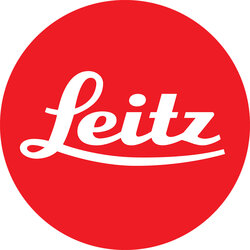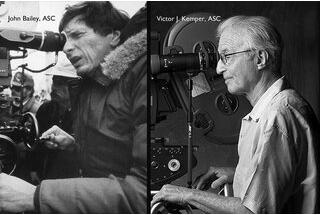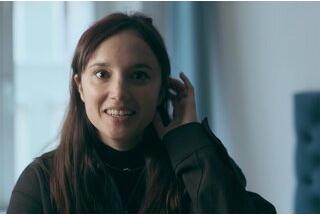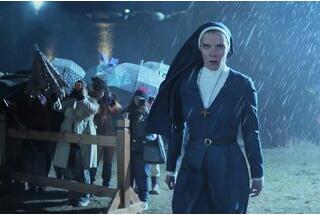Rémy Chevrin, Once Upon a (First) Time
By Ariane Damain Vergallo, for Ernst Leitz Wetzlar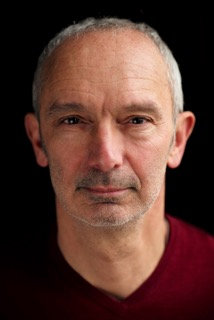
The year was 1996, Rémy Chevrin was then 33, and his break-through film as a DoP — prophetically? — Docteur Chance (Doctor Chance), directed by F. J. Ossang. To see one’s (much) younger self in the midst of Chile’s Atacama desert, swept away by the whirlwind of a punk film helmed by an all-too-rare director (four films in thirty years) who nevertheless discovered such talents as Darius Khondji — and thanks to him, enjoy a space of absolute creative freedom.
Then mention other films that marked one’s career — Christophe Honoré’s Les Chansons d’amour (Love Songs), Radu Mihaileanu’s Va, Vis et Deviens (Live and Become) — and express one’s pride in having been part of films that will last and carry over from generation to generation.
Finally, to realize that one’s filmography counts many a work by "first timers", which delights Chevrin no end. "I made quite a few films with people that were basically groping around, trying to find their way with their project. What I am looking for is... an amazing coming-together. I want to be amazed."
"First times" bear so many promises. Perhaps, like a true player, Rémy Chevrin always bets on the hatching of a new talent and the strong emotions it might give him. And perhaps — again, like a true player — win or lose, he still believes in it, even if he is (sometimes) disappointed.
Then there is Yvan Attal, an author, director and actor non pareil, whose fourth film he just finished. Attal is a filmmaker whose deeply-rooted family history led him, last year, to direct a unique film called Ils Sont Partout (The Jews) — a string of acerbic and/or naive comedy skits about Judaism (the Jews’ wonderful tradition of making fun of themselves.) A film so original, so controlled and so well-acted one knows it will stay with one, despite its mixed box-office results.
If it marked a professional reunion (some directors love having "first times" with other cinematographers), this film also presented an unusual challenge, considering the context. Rémy Chevrin’s work on it strikes the viewer by its sobriety and restraint, both in terms of framing and in lighting design. No Pavlovian reflexes here: "Drama is not necessarily noble," Chevrin says, listing among his favorites such disparate directors as Douglas Sirk, Quentin Tarantino and Jean Renoir. The man is definitely eclectic.
In the case of They’re Everywhere, everything about principal photography was exceptional. Rather than shooting in Morocco or some other accessible desert, Attal insisted on shooting in Israel, in the Occupied Palestinian Territory, near Ramallah and Bethlehem — on the ’crime scene,’ as it were — despite the increased hardship imposed on the entire production, particularly for night scenes.
So, even if, by culture and education, Rémy Chevrin is more a "Cooke" man (he was assistant camera to Bruno Nuytten and Darius Khondji), this time — another "first"! — he had to shoot with a range of Summilux-Cs. At night, throughout the Israeli desert, one, by law, cannot operate a generator, put spotlights on tripods, set up light cranes or balloons — in short, nothing is allowed and it is simply impossible to light a location.
So Rémy Chevrin opted for the Summilux-C lens series, with a T Stop 1.4, and a Panasonic VariCam 4K camera which he pushed to 5,000 ISO. The main reason: the film was to be shot only on full-moon nights (a magic feat onto itself) and the one light source that could help him pull it off would be a silked portable spot powered by a 12-Volt battery. Ultimately, the only real problem came from the burning torches needed for one scene: the flames were too strong and not yellow enough.
"Lenses are always more important than the camera. I like them to have a color, character. Today, there’s a plethora of lenses, they’re all really good, but... nothing happens, there no longer is this idea of light going through matter. I like its passing through the lens to bring about an almost unpredictable transformation, a magic you can’t describe nor fit into a mathematical formula. The rendering of Summilux lenses touches me, moves me, and I like their ’hand-made’ finish."
To sum it up, he concludes: "The Leica Summilux lenses were perfect."
(Translated from French by Henri Béhar)
 En
En
 Fr
Fr